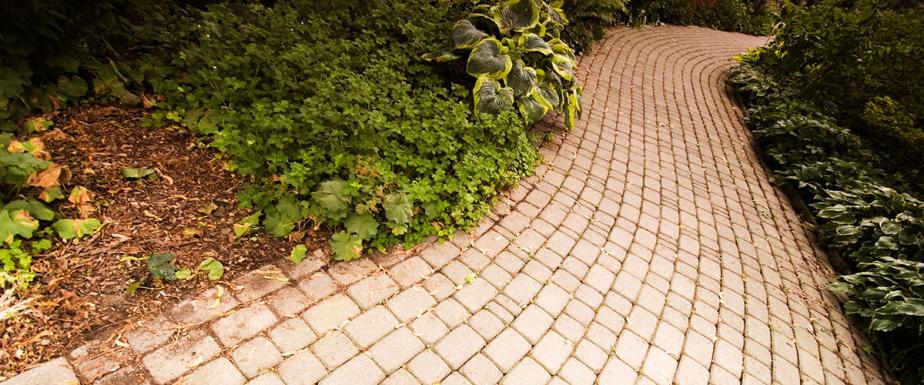How to Create an Edible Landscape to Improve the Value of Your First Home
Edible landscaping, also known as “foodscaping," has become an absolute hit in the realms of gardening in the last couple of years. It’s no surprise that it has become so popular, considering all the perks: you don’t need lots of space, you have control over how your food is grown, you can cheaply grow produce that is expensive in stores, and it’s an enjoyable hobby.
Regardless of whether you are getting into it just as a means of stress-relief, decorating parts of your home, or to have delicious organic produce that you can eventually sell, there are some things to think about as a beginner.
Picking the perfect spot in your first home
Before you start, you will need to think ahead and decide how much produce you will need depending on the size of your family and your overall preferences. Give it a bit of thought so you don’t end up with a lack of space for what you intended.
Next, your plants will need plenty of sun, water, and good soil, and this will determine where you decide to plant. Most warm-season vegetables need six to eight hours of direct sunlight. If you don’t have a sunny spot, you can grow leafy vegetables like lettuce and spinach, which like shade.
As for soil, most vegetables need moist, well-drained soil that has high levels of organic matter.
Ready to get your rates?
See what lenders have to offer.
Get Quotes Here
Digging the beds
You might be ready to get out into the sun and dig! But it’s a tiny bit more complicated than that, and you will need to follow some basic instructions, but it’s still nothing you can’t handle.
Once you are finished and the bed has rested for several days, it’s time to plant. Before you get out the shovel, test the soil temperature with a soil thermometer to ensure it is ready for planting.
Deciding what you want to grow
You have a really wide range of options. Get yourself inspired, and if you like it – plant it!
When planting vegetables, keep in mind that tomatoes, pepper, and squash keep providing throughout the whole season (so you would need fewer plants), whereas carrots, radishes, and corn produce only once.
The best advice for somebody who is a complete beginner, as always, would be to keep it simple.
Take time to plan your garden and adapt it to your needs. Start small, and later on, once you get the feel of how everything goes and how the plants react to different conditions, you can always expand.
Any garden, however small, needs to be constantly maintained and protected from pests, so don’t overwhelm yourself with the number of plants to care for – plan everything ahead to ensure that you are ready for the work and that the experience will be enjoyable and relieving, as it is for most people.
Lena Hemsworth spent a better part of her life working as a business consultant in Sydney. Now she is a freelance blogger and copywriter. When she is not working she enjoys taking care of her dog Spot and gardening. Lena recommends using a long hose from Hoselink to help keep your edible garden healthy.
